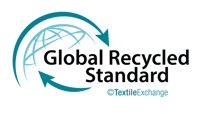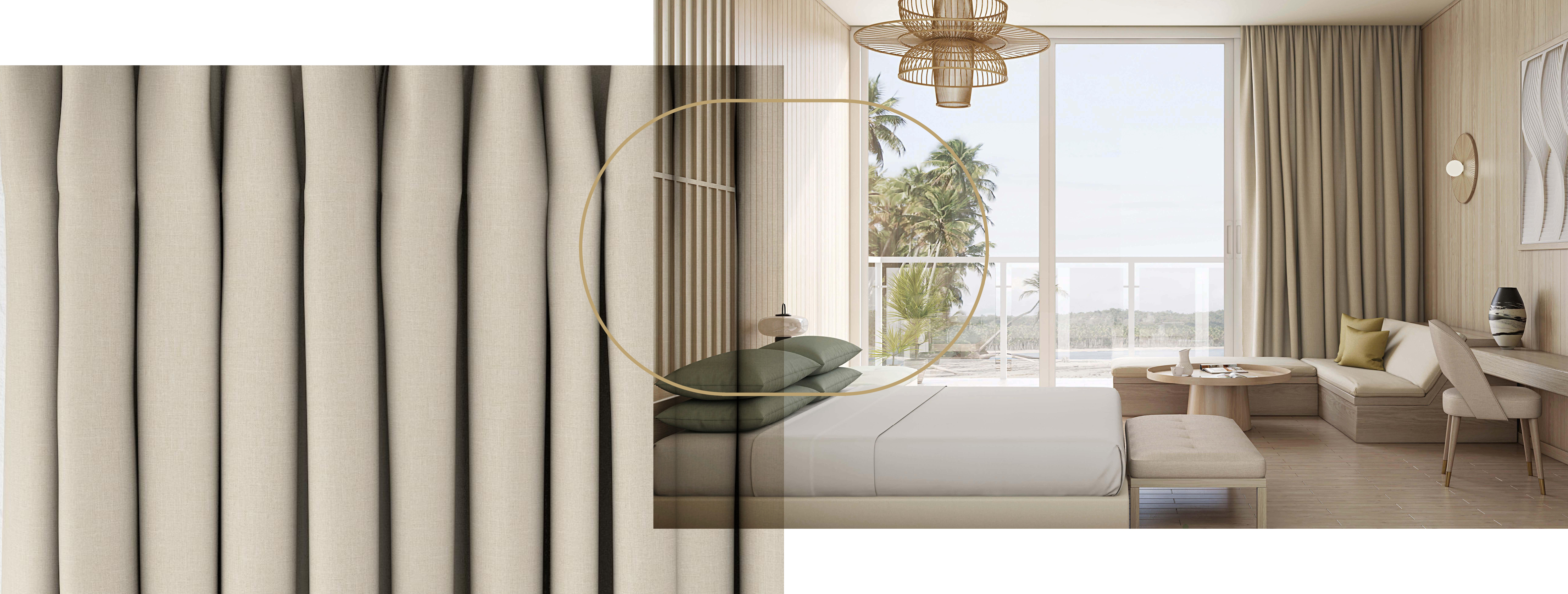The Textile Exchange develops, manages, and promotes a collection of top industry standards, as well as collecting and publishing critical industry data that enables us at FR-One, and others in the textiles industry, to track our use of materials with transparency.
Traceability in the textiles supply chain: and the Global Recycled Standard
The 2021 Textile Sustainability Conference was a valuable experience for many stakeholders throughout the textiles industry to learn more about ecological measures we can all take on a industrial level.
Related read: Sustainable design is our responsibility >
At FR-One we work together under sustainability goals and targets such as the United Nations’ 17 Sustainable Development Goals. We also look to the Textile Exchange’s own goal to guide our industry to achieving a 45% reduction in greenhouse gas emissions within fibre and raw material production by 2030.
However, we cannot achieve goals like this 45% reduction without first tracking and tracing the components of our inherently fire-retardant fabrics from the very beginning to the end of their lifespan. Therefore, we see the tracking and tracing of our value chain as crucial, not only for due diligence but also as an essential sustainability measure, empowering us to measure our impact in a transparent way.
A session on November 17 at the Sustainability Conference centred on this subject, exploring how the Textile Exchange is working with the industry to address this challenge.
Related read: Proactivity is the key to developing sustainable contract textiles >

Sustainable materials targets within textiles companies are so important, but so is visibility around the origin and authenticity of our fibres and materials.
FR-One’s ongoing work within the Global Recycled Standard (GRS) (also from The Textile Exchange) has made our traceability systems even more transparent: read the full run-down on our site.
How the traceability aspect of the GRS works, in brief:
To become certified under the GRS, FR-One as a company is audited on an annual basis – this audit assesses the production, trading and manufacture possesses to ensure the recycled content of our FR fabrics is authentic.

All companies involved in the production of our fire-retardant fabrics with recycled polyester content are audited and certified too – starting with the company supplying the waste product (plastic bottles), followed by the factory converting the plastic bottles to PET (polyester), to the mill weaving the fabric.
The end-to-end traceability and transparency offered by GRS is a meaningful step in becoming environmentally conscious and in offering sustainable fabrics. GRS certification and GRS certified products are both a natural fit for FR-One, aligning with our core values as a company.
Recycled polyester: re-inventing textile materials
We were, of course, also very interested in the two-part Round Table on Recycled Polyester at the conference.
As you might have noticed, we are progressively increasing our collections of inherently fire-retardant fabrics containing recycled polyester, beginning with the RE-Invent collection. It was fascinating to dive into the Textile Exchange’s own position and aspirations towards eliminating the use of virgin PET within the textile industry, becoming a driving force for urgent climate action.
Related read: 4 truly invaluable benefits of rPET fabrics innovations >
The Global Fibre Impact Explorer: a first step for fashion fabrics
Finally, the Textile Exchange officially presented the Global Fibre Impact Explorer at the 2021 Textile Sustainability Conference. While its focus is on the fashion industry for now, it was nevertheless exciting for us to see data, and the transparency that comes from it, being used in such an innovative way for a sector of the textiles industry that we’re part of.
The Global Fibre Impact Explorer assesses risk by fibre and region, drawing together data and analysis across a multitude of environmental impact factors at a granular level.
Interested in learning more about textiles, sustainability, and FR-One fabrics? Contact us today.





